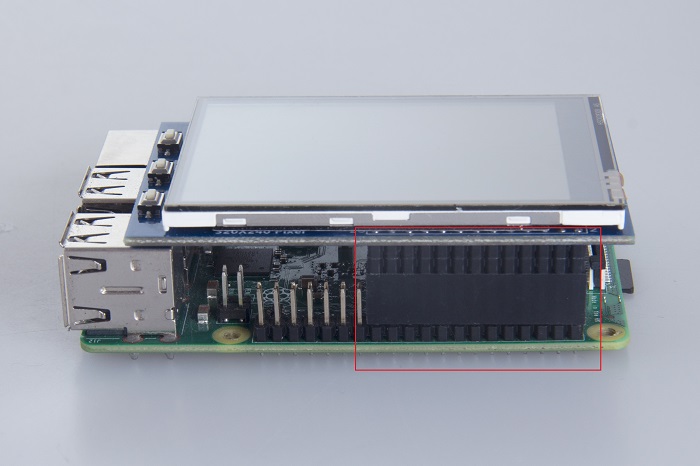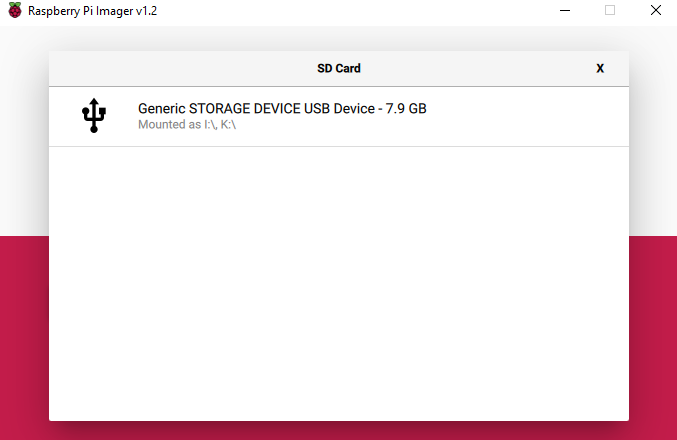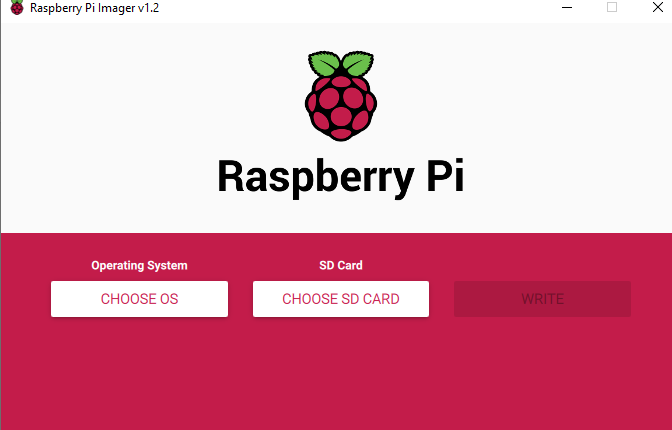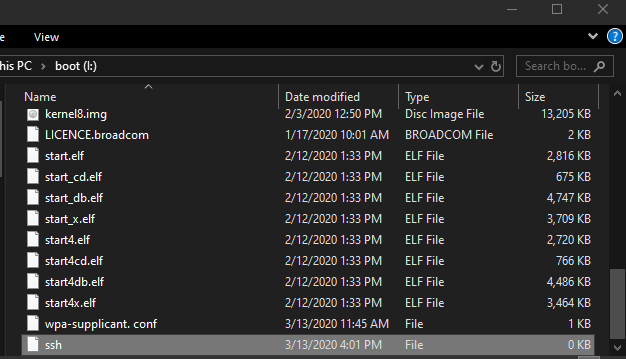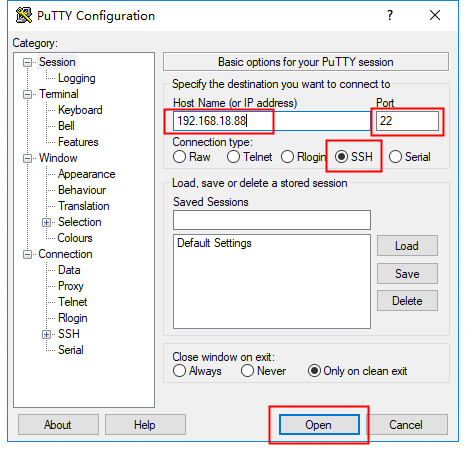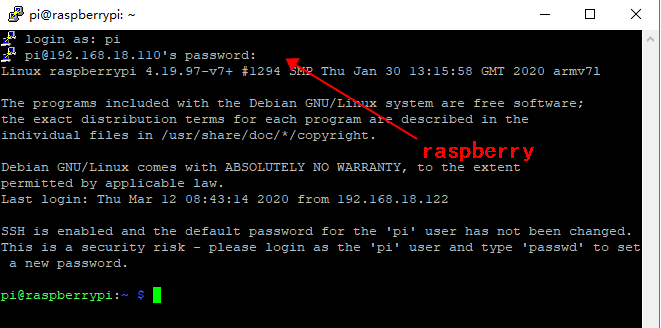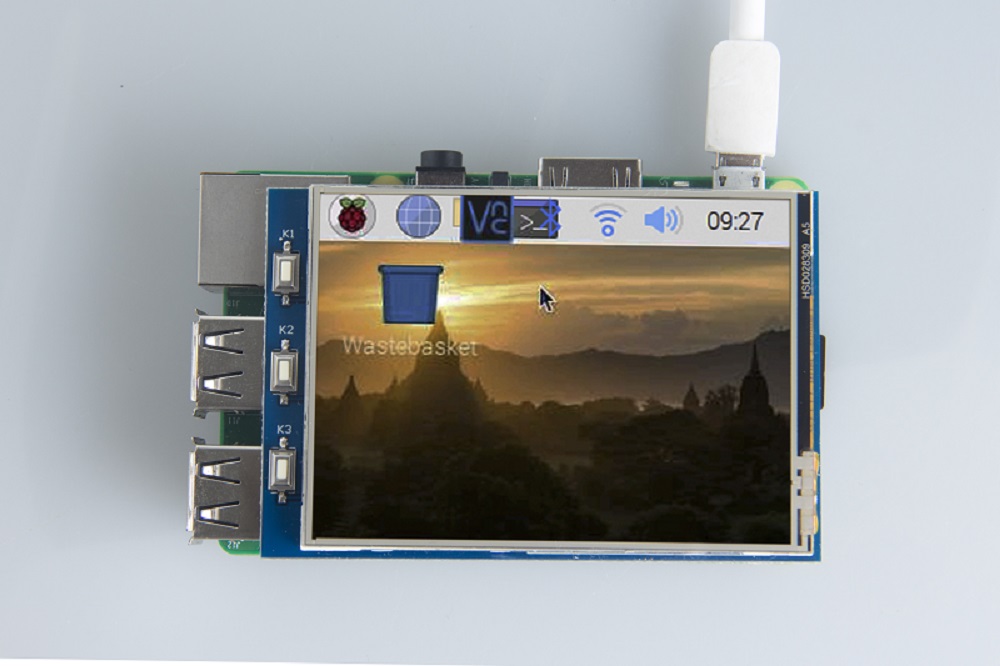2.8 Inch TFT Touch Screen Monitor for Raspberry Pi
Contents
[hide]Introduction
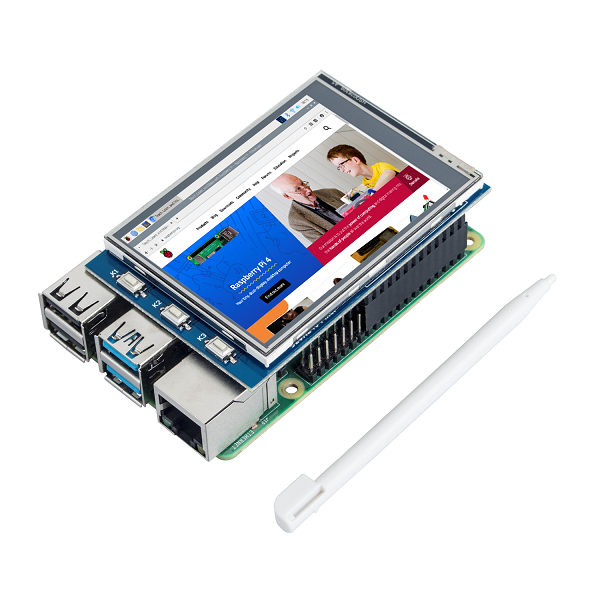
It's surprising how small things can make more of an impact. Just like the proverb, 'a pen is mightier than a sword', this tiny little screen can instantly give you the power to make a humongous difference in your projects and give you a push to get more creative. It features a 2.8" display with 320x240 16-bit color pixels and a resistive touch overlay. The plate uses the high speed SPI interface on the Pi.Also, the mini display can be used as a console, X window port, displaying images or video etc. One tool with many applications.
The resistive touchscreen provides you with an easy way to display information coming off of the Raspberry Pi and the OS currently running on it. Simply plug the 13x2 GPIO header into your desired Raspberry Pi and install the driver, then you'll be able to start using your new resistive touch screen!
This updated design fits perfectly onto the Pi 2B/3B/3B+/4B.
Feature List
- LCD Type: TFT
- LCD Interface: SPI
- Touch Screen Type: Resistive
- Backlight: LED
- Resolution: 320*240 (Pixel)
- Aspect Ratio: 4:3
- Effective Display Size: 43.2 x 57.6mm
- Supports for Raspberry Pi 2B/3B/3B+/4B
- Drivers provided (works with your own Raspbian directly)
- Support software keyboard (system interaction without keyboard/mouse)
Preparation
Product List
- 1 x 2.8 TFT Touch Screen
- 1 x Touch Pen
Required Preparation
- 1. Raspberry Pi 2B/3B/3B+/4B
- 2. Raspberry Pi Power Adapter
- 3. Network Cable (it's for RPi system installation and you can ignore it if you have finished.)
- 4. Card Reader: (it's for RPi system installation and you can ignore it if you have finished.)
- 5. SD card (a recommended 8g and higher one) (it's for RPi system installation and you can ignore it if you have finished.)
Hardware Operation
Align the pins on the right to connect the RPi with the screen; meanwhile, insert the SD card and plug the power cable.
Software Operation
Step1: Download RPi system
1. Click in to access the Raspberry Pi official website https://www.raspberrypi.org/downloads/, and then select to download the image you need according to your compute types (windows/MAC/Ubuntu).
2. After downloading, click to start the installation of imager.exe. The RPi Imager page appears when the installation is done. You need to click CHOOSE OS then on the new page,select the first one.
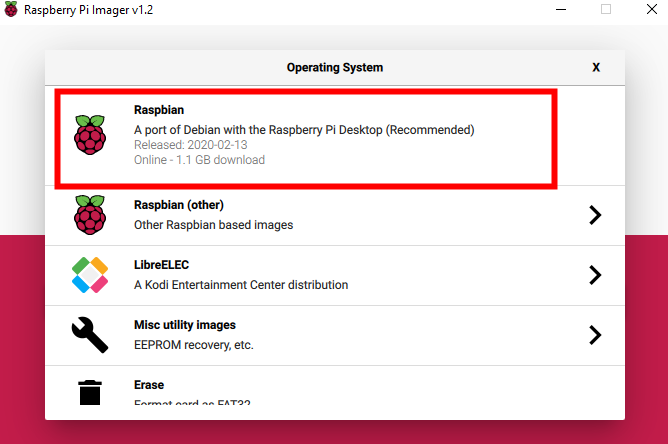
3. Insert the SD card in the card reader then plug the card reader into the computer. You should click CHOOSE SD CARD to let the following SD Card page appear. Now, select the SD card information bar. Back to the RPi page and click WRITE to download and flash the RPi system.
Step2: Driver Installation
1. Create an empty file named "ssh" without a suffix in the directoy /boot.
2. Connect the RPi & the screen. Align the pin header on the RPi with that on the screen. At the same time, take out the SD card from the card reader to insert it into the SD slot on RPi. Then plug the RPi power adapter and network cable.
3. The RPi starts as soon as it's connected to the power supply. Next, you can find your RPi ip.
- i. Check the RPi ip via Advanced IP Scanner.
- ii. Advanced IP Scanner download link: https://filehippo.com/download_advanced_ip_scanner/
- iii: You can use router management page to check the wired connection.
4. Plug the internet cable and the sd card into RPi, then connect the RPi to the power supply.Now, you can find your RPi ip on the RPi management page.
- Got the ip, you can use putty tool to control RPi remotely via ssh remote connection. Note: The password characters are hidden when you are entering.
5. Type in the following commands in order. Press "Enter" once each time you've finished one line.
sudo rm -rf LCD-show git clone http://github.com/goodtft/LCD-show.git chmod -R 755 LCD-show cd LCD-show sudo ./LCD28-show
The above commands executed, the system restarts automatically for display and touch in good condition.
6. The screen can be flipped 90 degrees according to the following commands.
cd LCD-show sudo ./rotate.sh 90
7.The screen can be flipped 180 degrees according to the following commands.
cd LCD-show sudo ./rotate.sh 180
